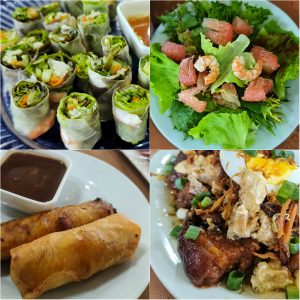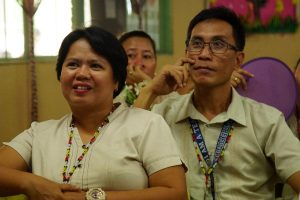
Perhaps at the right moment, the children of the Antonio Pichon, Jr. Elementary School in Ilang, Tibungco were shocked when they found out where flies—some of whom landing momentarily on food—may have come from and what they do to the body. To people like Liezel Salera-Manabat, that is the mission, a teaching moment for social entrepreneurship GiftingLife.
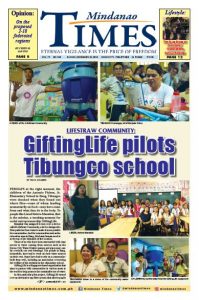
Manabat was assigned to turn over a device called LifeStraw Community, a device designed to filter particles from water to make it more potable for communities. And for communities such as the relocation area in Ilang, this basic human need is at the top of the demands of the location.

Those of us who have been surrounded with easy access to water coming from sources such as the Davao City Water District pumps and pipes may easily overlook our own blessings. The people in Ilang, meanwhile, have had to work on their water sources on their own. Some have had to rely on a community-built deep well, including an association overseeing the welfare of the students in the elementary school.
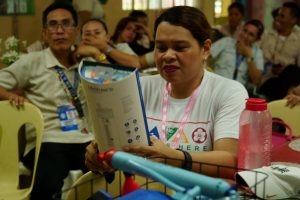
GiftingLife is a Singapore-based organization that aims to partner with communities in various areas in the world to help promote the sustainable use of water.
In this particular pilot project, GiftingLife turned over an alternative tap filter system that allows pupils here access to cleaner water. With a government-run water system still years in the making, this equipment is still in the infancy of a larger, Barangay-level plan to improver water sanitation and health programs here.
In the next few months, the pilot will be replicated in other schools in Bunawan and Paquibato.

School principal Analyn Tiongson called the turnover an early Christmas gift. But this is not to say that the school isn’t making its own efforts. It runs a Gulayan sa Paaralan within its structures and has an everyday feeding program, with around 205 feeding recipients every day.
Those without easier access to tap water have had to spend for gallons of mineral water. However, with limited income in the mostly informal settler relocation area, this is actually more expensive compared with the average minimum in the city’s households.
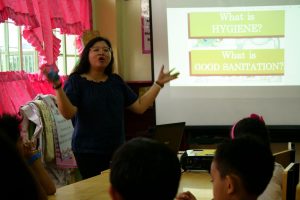
Tibungco Barangay chief Merjade Calvo, in an interview with TIMES, is hopeful. What with an entire relocation area with a difficulty in finding sources of water. It’s all good for those who can buy their supply. Those who can’t, meanwhile, have to boil their water.
“We are trying our best in the Brgy council to address the problem. What you gave to the school is a big help, para dili na dungag gasto, gumikan kay naa ang gihatag diri nga equipment. Para ang tubig gyud, clean purified and very safe para sa mga kabatan-unan,” Calvo said.
But these equipment could only do so much.
The latest government figures place the Barangay as having a population of 41,864, with a relatively low 0.47% malnutrition rate from its 10,466 households. Calculated, this translates to around 200 children.
Without a continuity program, such as a parents orientation program for beneficiary-users of the water equipment, ignoring best practices in homes could cancel out the good that the children receive in school. And so the school tries. The teachers aim to teach more sanitation lessons to the children.
Because it takes a village.


